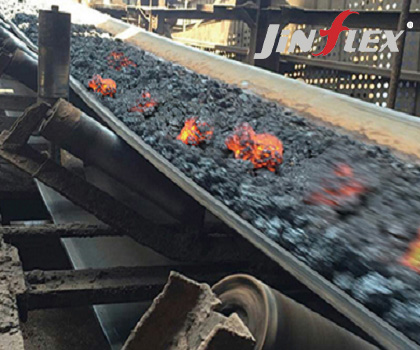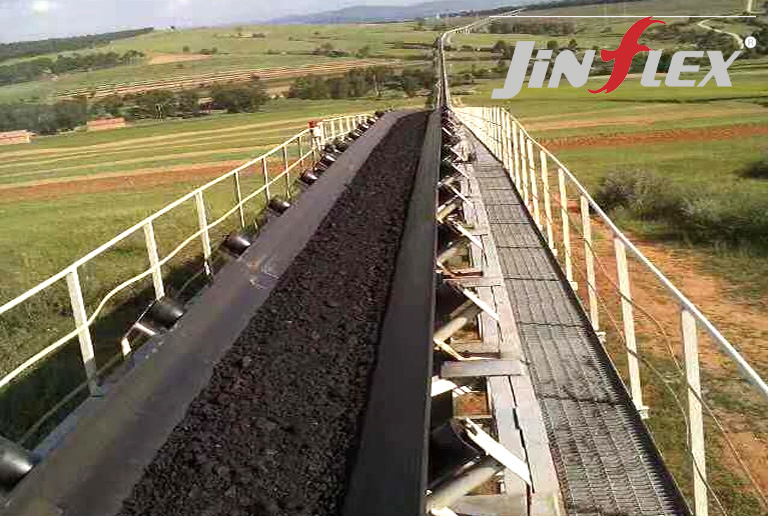Heat-resistant conveyor belts and flame-retardant conveyor belts: dual analysis of structure and performance
In industrial production, both heat-resistant conveyor belts and flame-retardant conveyor belts play an indispensable role. However, there are significant differences in structure and performance between these two conveyor belts.
structural differences

Heat-resistant conveyor belts are usually made of special high-temperature resistant materials, such as polyimide, polytetrafluoroethylene, etc. These materials have excellent heat resistance and can operate stably for a long time in high temperature environments. In addition, the structural design of the heat-resistant conveyor belt also fully considers the effects of thermal expansion and thermal contraction, and ensures the stability and reliability of the conveyor belt at high temperatures through reasonable thickness and tension control.
Flame-retardant conveyor belts focus on fire resistance. Flame retardants are added to its structural design. These flame retardants can quickly decompose when encountering a fire source, forming a protective layer of heat insulation and oxygen insulation to prevent the spread of flames. At the same time, the material of the flame-retardant conveyor belt also has good antistatic properties, which can effectively prevent fire accidents caused by static electricity.

Not useful in terms of performance
The main performance of heat-resistant conveyor belts is reflected in its high temperature resistance, wear resistance and fatigue resistance. They can work for a long time in high temperature environments while maintaining good strength and toughness, ensuring the stability and safety of the conveying process.
Flame-retardant conveyor belts pay more attention to fire protection, antistatic and corrosion resistance. They can quickly self-extinguish when encountering a fire source to prevent the spread of fire. At the same time, flame-retardant conveyor belts also have good antistatic properties, which can effectively prevent the accumulation and discharge of static electricity and reduce the risk of fire. In addition, flame-retardant conveyor belts also have strong corrosion resistance and can resist the erosion of various chemical substances and extend their service life.
To sum up, heat-resistant conveyor belts and flame-retardant conveyor belts have their own characteristics in structure and performance. Choosing the appropriate conveyor belt type is of great significance to ensure the smooth progress of industrial production.










